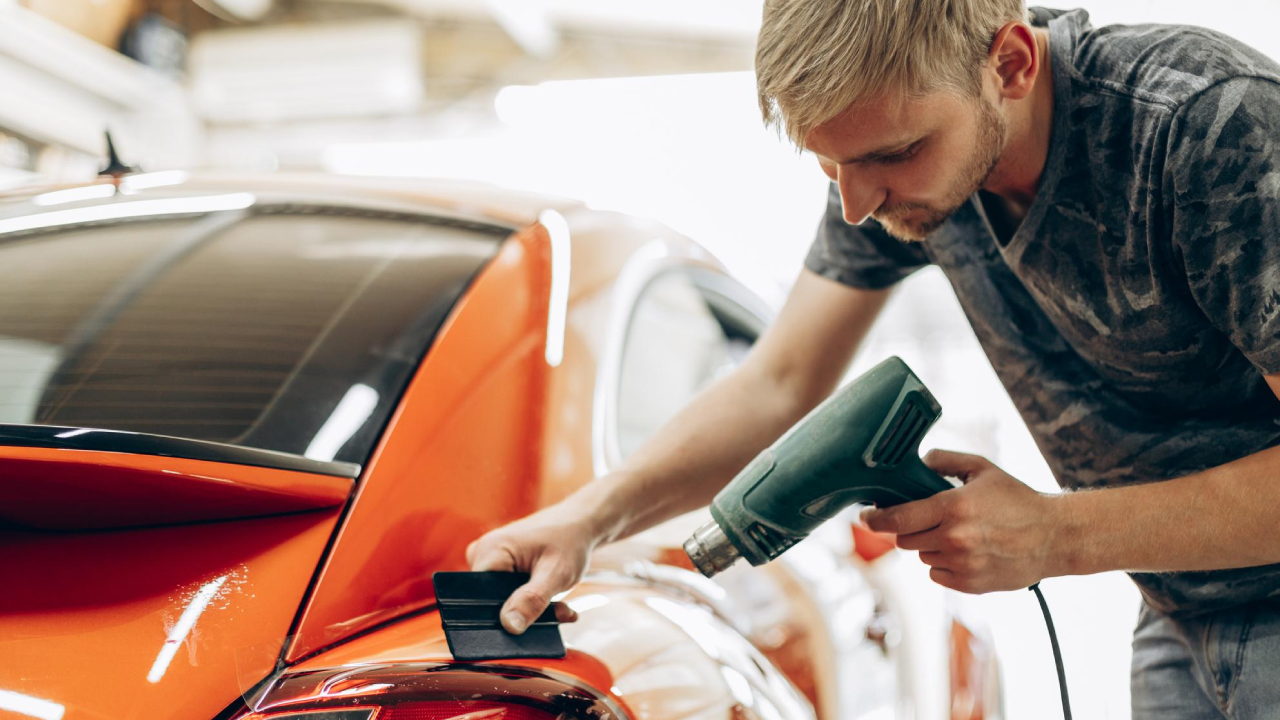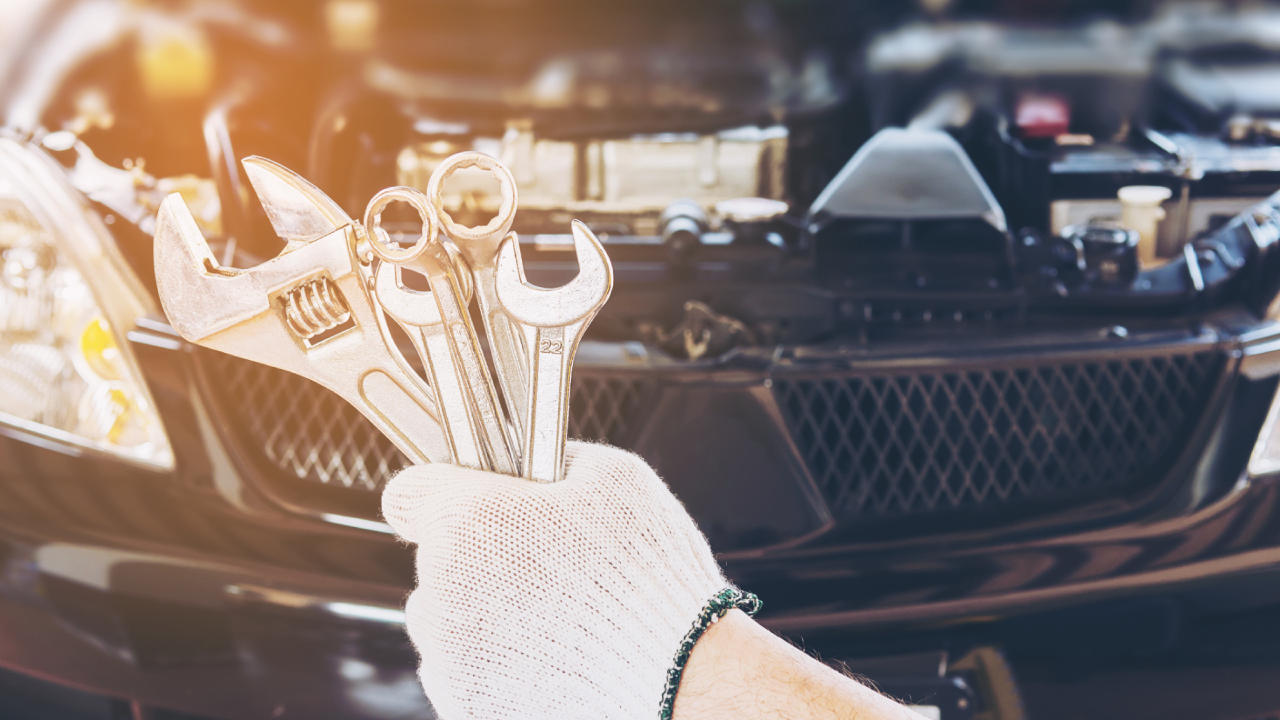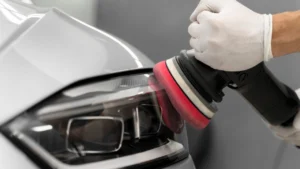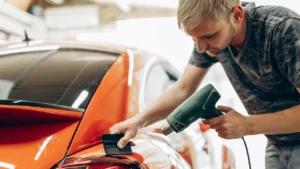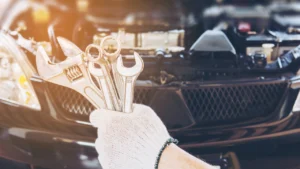Buying a brand new car is an exciting experience. The process of selecting your dream vehicle, receiving the keys and finally hitting the open road is truly surreal. However, without the right car-buying tips, this experience could turn into a nightmare, leaving you with a terrible memory about your new purchase.
Our experts at CarzSpa are here to guide you through your journey of buying a new car in India. With so many options available, choosing the perfect car can feel like driving through a traffic-jammed circle.
Our team has compiled the crucial factors to consider before buying a car. These tips will help you make an informed decision, avoid common pitfalls and ultimately find the car that perfectly suits your needs and preferences.
Table of Contents
Budget & Financing
Before you start your car-buying journey, it’s essential to determine how much you can comfortably afford to spend. Remember, the advertised ex-showroom price is just the starting point. Additional costs like RTO, insurance and handling charges can significantly increase the final price. As a general rule, your total car-related expenses, including fuel, insurance premiums and maintenance, should not exceed 25% of your monthly income. This ensures that your car purchase doesn’t strain your finances or hinder your ability to pay bills and save money. Once you have a clear budget in mind, explore various financing options to find the best interest rates and repayment terms that suit your needs.
Body Type: Hatchbacks, Sedans, SUVs
When choosing a car, consider your lifestyle and needs. Here are three common body types:
Hatchbacks
Compact and manoeuvrable, hatchbacks are perfect for city driving. Their fuel efficiency makes them ideal for single people or couples. If you have a short daily commute and limited parking space, a hatchback might be the right choice.
Sedans
Offering a balance of size, comfort and boot space, sedans are suitable for small families or occasional travellers. They provide a comfortable ride and enough room for passengers and luggage, making them a versatile option for various needs.
SUVs
With ample space, comfort and a higher driving position, SUVs are perfect for larger families or those who frequently go on road trips. They offer extra cargo capacity and often come with advanced safety features. If you need a spacious vehicle that can handle various terrains and weather conditions, an SUV might be the best fit.
New vs. Used: Weighing Your Options

When it comes to choosing between a new or pre-owned car, there are pros and cons to consider. New cars offer the latest technology and pristine showroom condition and often come with attractive warranties. However, they also come with a higher price tag. On the other hand, pre-owned vehicles can be a smart way to save money, especially if you opt for a reliable model with a good maintenance history. To make an informed decision, assess your budget and calculate the total cost of ownership, including factors like depreciation, insurance and maintenance. If you lean towards a pre-owned car, be sure to get a thorough inspection by a trusted mechanic before making the purchase to avoid any unexpected issues down the road.
Features & Safety
Once you’ve narrowed down your options, it’s time to dive into the world of features. Consider creature comforts that enhance your driving experience, such as automatic transmission, which offers a smoother and more comfortable ride, especially for inter-city travel. However, keep in mind that automatic variants often come with a higher price tag and lower fuel efficiency compared to manual transmission cars.
Most importantly, safety features like airbags, an anti-lock braking system (ABS) and traction control should be prioritised. These features can significantly prevent accidents and protect you and your loved ones on the road. Take advantage of online resources like the Global NCAP ratings to assess the safety of your potential car choices. Remember, a safe car is a happy car and ensuring the well-being of your family should always be a top priority.
Test Drive & Dealership Do's & Don'ts
A test drive is essential to ensure the car meets your expectations. During the drive, focus on comfort, handling and visibility. Take your time and ask plenty of questions to get a feel for the vehicle. When visiting dealerships, come prepared by researching prices and comparing offers beforehand.
Be aware of dealership add-ons, such as extended warranties, paint protection or accessories, which can significantly increase the price of the car. While some add-ons may be useful, others might be unnecessary or overpriced. One common example is dealership-installed paint protection film (PPF). While PPF is a valuable investment, there may be better choices than getting it done at the dealership. Dealerships often charge a premium for this service and the quality of the installation may not be as good as that done by a detailing studio.
Instead, always opt for PPF installation from experts like CarzSpa after purchasing your vehicle. This way, you can ensure a high-quality installation at better prices. Remember to be respectful but assertive during negotiations and don’t feel pressured to purchase add-ons you don’t need.
Fuel Type
Choosing your fuel type depends on your driving habits and budget. Petrol cars are generally cheaper to buy upfront but have lower mileage. Diesel offers excellent mileage, especially for highway driving, but comes at a higher initial cost and might have higher running costs depending on fuel prices. The main difference between petrol and diesel cars is that diesel engines are more fuel-efficient and provide better torque, while petrol engines are quieter, smoother and require less maintenance. CNG is an eco-friendly and budget-friendly option, but CNG stations are not as widely available as petrol or diesel pumps. Electric vehicles are the cleanest option and offer very low running costs, but charging infrastructure is still developing and electric cars tend to be more expensive upfront. Consider your daily commute distance and access to charging stations or CNG pumps when making this decision.
Resale Value of the Car
Resale value is an important factor, especially if you plan to upgrade your car in a few years. Generally, sedans and popular hatchback models tend to hold their resale value better than SUVs. Factors like fuel efficiency, brand reputation and features also play a role. Diesel, while offering great mileage, might see a slight dip in resale value due to recent emission concerns. Choosing a reliable brand with a good service network can also ensure peace of mind and potentially better resale value down the line.
Ownership Cost
When buying a car, it’s crucial to look beyond the sticker price and consider the total cost of ownership. Factors like fuel efficiency, insurance premiums, maintenance costs, parking fees and depreciation can significantly impact your long-term expenses. Various elements contribute to ownership costs, such as tyres, oil changes and auto parts. As your vehicle ages, repair bills tend to increase while its value simultaneously decreases. Before making a purchase decision, research the typical ownership costs for the makes and models you’re interested in. By understanding the big picture of car expenses, you’ll be better prepared to budget accordingly and avoid financial surprises down the road.
Protect from Day One
Before the daily grind sets in, let’s talk about protecting that showroom shine. Consider this: a PPF coating or ceramic coating acts like a suit of armour for your car’s paint.
Why is this important?
Our roads can be unforgiving. From flying stones and bird droppings to UV rays and harsh weather, your car’s paint is constantly under attack. A PPF coating acts like an invisible shield, taking the brunt of the damage and keeping your paint looking flawless. Ceramic coatings, on the other hand, add a layer of hydrophobic protection, repelling water, dust and minor scratches, making it easier to keep your car clean and looking sharp.
Pro Tip 1: Detailing for Long-Lasting Shine
Maintaining that showroom shine goes beyond a quick car wash. To truly deep clean and revitalise your car’s interior and exterior, consider a professional detailing service after 6 to 8 months of ownership. Detailing goes beyond just washing; it includes a meticulous cleaning, polishing and protection process, ensuring your car continues to look its best.
Pro Tip 2: Expert Paint Protection Film (PPF) Installation Matters
While dealerships might push their PPF packages, it’s often best to leave it to the experts. Reputable detailing studios like CarzSpa Detailing Studios have the experience and expertise to ensure flawless and long-lasting PPF installation. Remember, a well-applied PPF coating is an investment that will keep your car looking new for years to come.
Conclusion
Buying a new car is an exciting milestone that requires careful consideration and research. By determining your budget, assessing your needs and weighing the pros and cons of new versus used vehicles, you’ll be well-equipped to make an informed decision. When evaluating potential cars, prioritise safety features and creature comforts that align with your lifestyle and driving habits. During the test drive, pay close attention to the car’s handling, comfort and visibility to ensure it meets your expectations. At the dealership, come prepared with research, negotiate confidently and avoid unnecessary add-ons.
Once you’ve found the perfect car, it’s essential to protect your investment from day one. Whether you choose PPF (paint protection film) or ceramic coating, both options offer excellent protection for your car’s paint. PPF is ideal for preventing scratches and chips, while ceramic coating excels at repelling UV rays, dust and minor scratches. To ensure the best protection for your new car, trust the experts at CarzSpa. Their professional detailing services will keep your car looking showroom-fresh for years to come. Happy driving and enjoy your new ride!
Frequently Asked Questions
1. Should I get a PPF coating or ceramic coating for my new car?
Both PPF and ceramic coating protect your car’s paint, but PPF is better for preventing scratches and chips, while ceramic coating excels at repelling UV rays, dust and chemical reactions from bird droppings and sap.
2. Where can I find good car detailing services?
- Always get a ceramic or PPF coating done upon getting the delivery.
- Don’t go full throttle as every manufacturer says their vehicles should be run in before you put a severe load on them.
- Use a car spray to ensure the new smell of the fabric remains intact.
- Don’t overload the vehicle with extra weight.
- Don’t drive distances where your engine won’t heat up.
3. How often should I get my car serviced?
Refer to your car’s owner’s manual for recommended service intervals. Generally, it’s a good idea to get your car serviced every 6 months or 10,000 kilometres, whichever comes first.
4. What are some hidden costs to consider when buying a car?
On top of the car’s price, there are additional costs like road tax, registration fees and mandatory car insurance. Factor these in when determining your overall budget.
5. Is it better to buy a car at the beginning or end of the month/year?
There’s no guaranteed best time to buy a car. However, dealerships might be more open to negotiations towards the end of the month or year as they try to meet sales targets.



